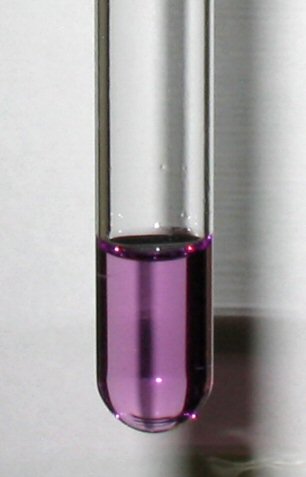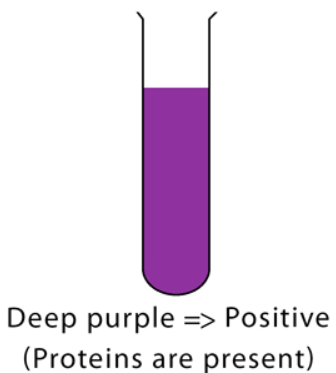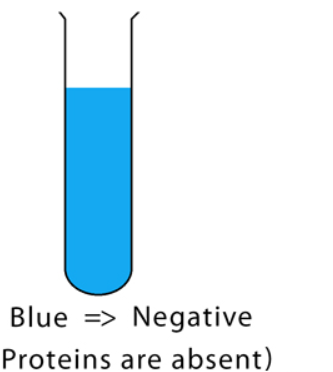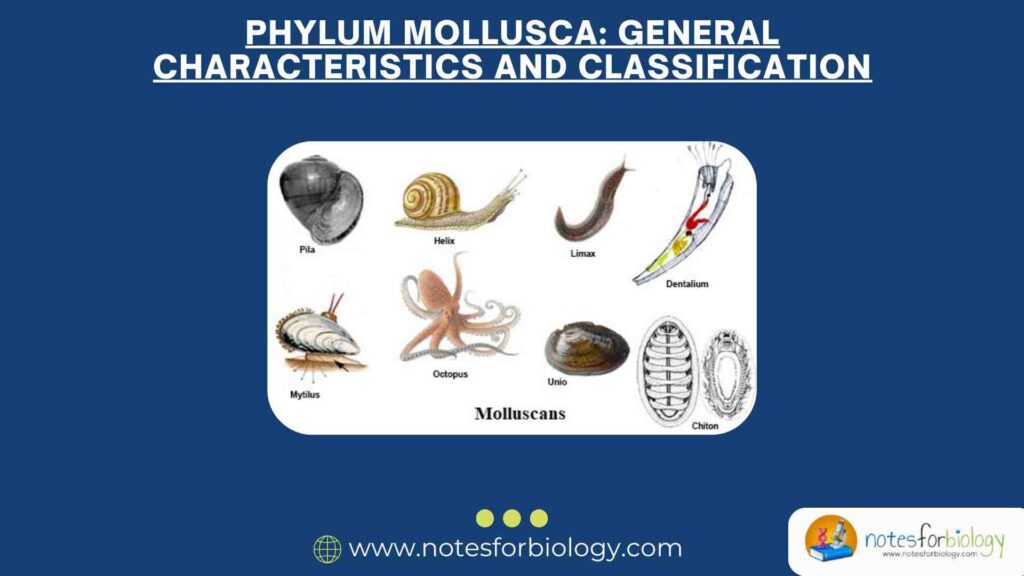What is Biuret test for protein?

Biuret Test for Proteins are made up of fundamental building blocks called peptide bonds, which can be found using the straightforward and accurate Biuret test. It takes its name from the chemical biuret, which exhibits a corresponding color change.
The peptide bonds that bind amino acids together to make proteins can be found using a chemical test called the Biuret test. It is a widely used, rather easy test in analytical and biochemistry.
Table of Contents
Principle of Biuret Test for protein
The Biuret test is based on the interaction of protein peptide bonds with cupric ions (Cu2+) in an alkaline solution. A unique violet complex is formed when cupric ions interact with peptide bonds in an alkaline environment. The amount of peptide bonds present is directly correlated with the violet color’s intensity.
Procedure of Biuret Test for protein
Sample preparation
It involves making a solution of the material that will be examined. If the material is solid, dissolve it in a suitable buffer or water.
Reagent preparation
Prepare a Biuret reagent solution by mixing potassium sodium tartrate (KNaC₄H₄O₆), sodium hydroxide (NaOH), and copper sulfate (CuSO₄). By acting as a chelating agent, potassium sodium tartrate stops copper hydroxide from precipitating.
Reaction
Incorporate a small amount of the Biuret reagent into the solution sample. Stir thoroughly, then watch for color changes.
Observation
The existence of proteins is shown by the emergence of a violet color, which is indicative of the presence of peptide bonds. The presence of short peptides or amino acids is indicated by a pink hue.
Result
Positive Result : Deep purple color appears

Negative Result: Because of the copper sulfate content, there is either no color change or a slight blue tint.

Use
The Biuret test is a flexible instrument with uses in a range of industries:
Biochemistry: the study of proteins in biological materials such as tissue extracts, blood, and urine.
Food science: Examining food items’ protein composition.
Clinical chemistry: Finding aberrant protein concentrations in bodily fluids to suggest possible health problems.
Applications in industry: tracking protein concentrations during the manufacture, purification, and analysis of proteins.
Benefits
Simplicity: The process is simple to carry out and can be done with easily accessible materials.
Specificity: The test is a trustworthy sign of the presence of proteins since it is reasonably specific for peptide bonds.
Sensitivity: Even minute concentrations of proteins can be detected by this assay.
Restrictions
Not protein-specific: Compounds containing amide groups other than peptide bonds may cause the test to yield positive findings.
Interference: Certain compounds can cause false positive results by interfering with the reaction, such as reducing sugars and certain chemicals.
Test qualitative: The Biuret test yields qualitative data regarding the existence or lack of proteins. It does not offer precise data regarding the quantity of protein that is there.
Conclusion
One useful method for determining whether proteins are present in different samples is the Biuret test. It is a commonly used technique in biochemistry, food science, clinical chemistry, and industrial contexts due to its simplicity, specificity, and sensitivity. For quantitative protein determination, it is crucial to be aware of its limits and to employ alternative methods like the Bradford assay or the Lowry assay.
Frequently Asked Questions (FAQ)
Define Biuret test for protein?
Proteins are made up of fundamental building blocks called peptide bonds, which can be found using the straightforward and accurate Biuret test. It takes its name from the chemical biuret, which exhibits a corresponding color change.
What is the benefit of B. Test ?
The benefit of B. Test are
The process is simple to carry out and can be done with easily accessible materials.
The test is a trustworthy sign of the presence of proteins since it is reasonably specific for peptide bonds.
Even minute concentrations of proteins can be detected by this assay.
What are the result of B. Test?
The outcome ,
Positive Result : the color violet
Negative Result: Because of the copper sulfate content, there is either no color change or a slight blue tint.
Related Articles




